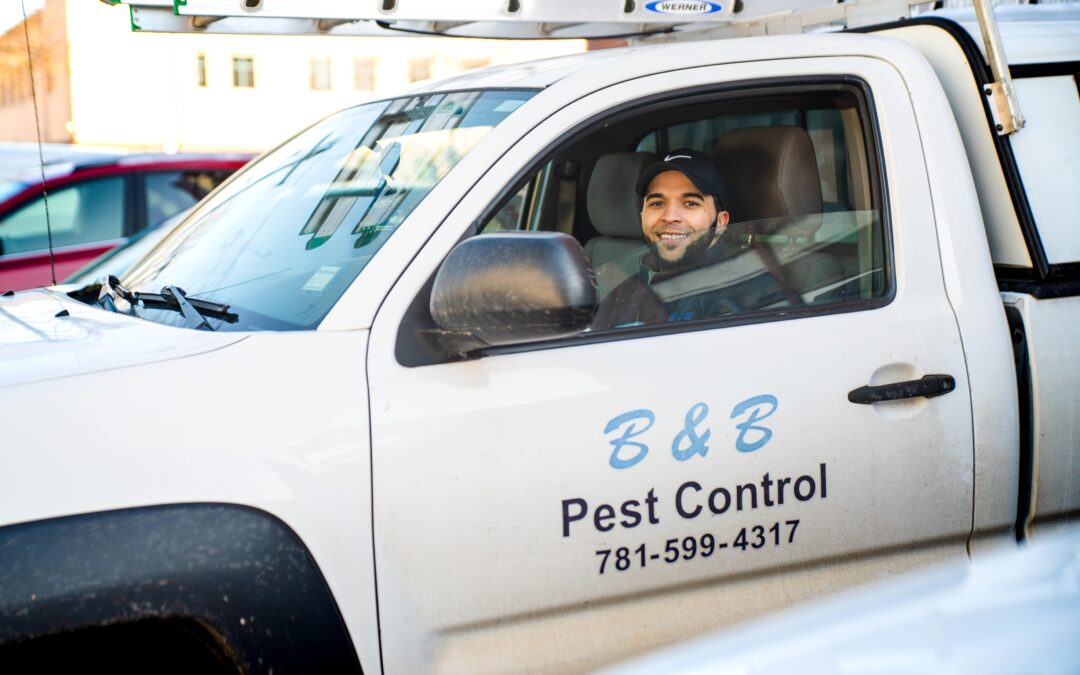The Diptera insect order is comprised of thousands of fly species, all of which possess one pair of wings. Many airborne insects possess two pairs of wings including butterflies and moths of the Lepidoptera order, and kissing bugs and cicadas of the Hemiptera order. Numerous medically significant fly pests that live in close association with humans belong to the Diptera order. These fly pests include mosquitoes, midges, gnats, crane flies, house flies, fruit flies and blow flies.
House flies, fruit flies and blow flies are just a few types of flies that are referred to as “filth flies” due to their habit of congregating on pathogen-rich sources of decaying organic matter for the purpose of breeding. For example, house flies are often found congregating on manure and refuse, while fruit flies are commonly found on decaying fruits and other sugar-rich foods and beverages. Filth flies are known for establishing infestations within unsanitary indoor conditions where at least one source of decaying organic matter can be found.
In particularly unsanitary homes, filth fly larvae, or “maggots,” can be found squirming around on sources of decaying organic matter, such as rotting food at the bottom of garbage cans or on dirty dishes within sinks. However, maggots may also appear within seemingly sanitary homes where no clear source of decaying organic matter can be found. In such cases, the maggots in question are usually blowfly offspring that had been feeding on rotting rodents, birds, or other wildlife carcassess hidden within wall voids.
Rodents and other animals frequently invade homes where they nest within inaccessible locations like wall voids, floor voids, attic spaces and chimneys. These animals often remain within these hidden indoor areas long after they die, and homeowners are not always able to detect the smell of their rotting carcasses. Adult blow flies gravitate toward the odor of carrion, and several blow fly species throughout the US are well known for laying numerous eggs on animal carcassess (carrion) within wall voids and other hidden indoor areas.
Maggots quickly hatch from these eggs where they proceed to feed on carrion during their development. After five to ten days of feeding, maggots generally emerge from hidden indoor locations where they can be seen moving toward dry areas in order to pupate. Adult blow flies typically appear within one to two weeks following the emergence of maggots within a home. The sudden appearance of several to numerous yellowish maggots within seemingly sanitary homes often indicates that dead animal carcasses have become abundant within wall voids.
Have you ever found maggots indoors?

